Facing the prospect of foreclosure can be a daunting experience for any homeowner. However, it’s important to understand that missing a single mortgage payment by a few days typically won’t immediately put you in danger of foreclosure. Yet, if you find yourself unable to make timely payments and enter the grace period, it’s crucial to take swift action to prevent foreclosure proceedings.
Table Of Content
Taking Proactive Steps: Don’t Ignore the Issue
At the first sign of financial trouble, it’s essential to reach out to your lender without delay. Informing your lender of the situation provides an opportunity to explore potential solutions and prevent the situation from escalating. By addressing the problem promptly, you increase the likelihood of finding a resolution and getting back on track with your mortgage payments. Additionally, consider reaching out to a financial counselor or advisor for guidance on managing your finances and creating a plan to address the issue. They can provide valuable insight and support in creating a budget, negotiating with your lender, and exploring resources that may be available to help you through this tough time.
It’s important not to ignore the problem or try to hide it. Being proactive and taking steps to address the issue head-on will ultimately benefit you in the long run. By staying informed, seeking help, and working towards a solution, you can navigate through financial difficulties and protect your home from foreclosure. Remember, there are resources and support available to help you through tough times – don’t be afraid to reach out and ask for help.
Exploring Mitigation Strategies: Options to Stop Foreclosure
- Mortgage Repayment Plan: In cases of short-term financial setbacks, such as unexpected car repairs or medical emergencies, your lender may agree to a repayment plan. This arrangement allows you to pay off missed payments over the course of several months, providing much-needed breathing room to regain financial stability.
- Loan Modification: Mortgage servicers can adjust the terms of your loan to help bring it current. This may involve lengthening the amortization schedule, reducing the interest rate, or incorporating past-due amounts into the loan balance. While loan modification doesn’t typically reduce the principal owed, it can make monthly payments more manageable.
- Deed-in-Lieu of Foreclosure: Voluntarily transferring ownership of your home to the lender can help avoid foreclosure proceedings. However, the possibility of deficiency, the difference between the home’s value and the remaining loan balance, should be carefully considered before pursuing this option.
- Short Sale: With lender approval, a short sale allows you to sell the home for less than the outstanding loan amount, forgiving any remaining debt. While it may salvage some equity, a real estate agent experienced in short sales can guide you through the process and obtain necessary approvals.
- Short Refinance: This option involves the lender forgiving a portion of the debt and refinancing the remaining balance into a new loan. While less common nowadays, it can offer relief for homeowners facing financial hardship.
- Refinance with a Hard Money Loan: While not ideal due to high rates and fees, a hard money loan from a private lender may provide temporary relief to prevent foreclosure. However, it’s advisable to explore other options first.
Exploring Last Resort Options: Filing for Bankruptcy
If all attempts to prevent foreclosure prove unsuccessful, filing for bankruptcy may be a last resort. While it can negatively impact your credit, bankruptcy initiates an automatic stay that halts foreclosure proceedings as long as the bankruptcy remains in effect. Consulting with an attorney before taking this step is highly recommended. Bankruptcy can offer some relief by allowing individuals to reorganize their debts and potentially keep their home through a Chapter 13 bankruptcy plan. Chapter 7 bankruptcy, on the other hand, involves liquidating assets to pay off debts and may result in the loss of your home.
It’s important to understand the consequences of filing for bankruptcy and weigh the pros and cons carefully before making this decision. Bankruptcy can stay on your credit report for up to 10 years and may make it difficult to obtain credit in the future. However, it can also offer a fresh start and a chance to rebuild your financial stability.
If you are considering filing for bankruptcy to prevent foreclosure, it’s crucial to seek legal advice from a qualified attorney who can guide you through the process and help you understand your options. They can help you navigate the complexities of bankruptcy laws and ensure that you make informed decisions that best suit your financial situation.
Ultimately, bankruptcy should only be considered as a last resort option when all other avenues have been exhausted. It’s a serious decision that can have long-term implications on your financial health, so it’s important to carefully consider all alternatives before taking this step.

Initiating Contact with Your Lender: A Vital Step
When facing mortgage difficulties, prompt communication with your lender is paramount. Most lenders provide customer service channels to address payment issues, and federal law mandates that mortgage servicers assist delinquent borrowers in exploring loss mitigation options. It’s crucial to respond promptly to any communications from your lender and seek guidance on available foreclosure prevention programs. Here are some steps you can take to initiate contact with your lender:
1. Take the initiative to reach out to your lender as soon as you realize you may have difficulty making your mortgage payments. Waiting until you are already behind on payments can make it more difficult to negotiate a solution.
2. Gather all necessary documentation before contacting your lender, including information about your income, expenses, and any financial hardships you may be facing.
3. Be prepared to explain your situation honestly and provide any necessary documents to support your request for assistance. This may include pay stubs, bank statements, and a hardship letter detailing the reasons for your financial difficulties.
4. Ask your lender about available options for foreclosure prevention, such as loan modification, forbearance, or repayment plans. Each lender may have different programs and requirements, so it’s important to understand what options are available to you.
5. Stay in regular communication with your lender throughout the process. Keep a record of all conversations and correspondence, including dates, times, and the names of the representatives you speak with.
By taking the initiative to contact your lender and staying proactive in seeking assistance, you can increase your chances of finding a solution to your mortgage difficulties and avoiding foreclosure. Remember, your lender wants to help you avoid foreclosure if possible, so don’t hesitate to reach out for assistance.
Partner with Corcoran Prestige Realty: Where Excellence Meets Experience
Ready to navigate the thrilling world of real estate deals? We offer unmatched expertise to both buyers and sellers. Our dedication has earned us a prestigious spot in the competitive real estate market. Let’s collaborate and turn your real estate aspirations into achievements.
Stay informed.
Embarking on a real estate journey is a deeply personal endeavor, with every decision, every step, reflecting your dreams and aspirations. Each article you read here is a stepping stone, offering insights and wisdom tailored to guide you closer to your vision.
Whether you're venturing into buying, poised for selling, or merely in the phase of exploration, trust in us to be your steadfast compass, illuminating the way and ensuring your journey is both enlightening and fulfilling.
Use the form or call 713.364.4003 today!
Connect with the team.
By using this form I agree to be contacted by Krueger Real Estate via call, email, and text. To opt out, you can reply “stop” at any time or click the unsubscribe link in the emails. Message and data rates may apply.

